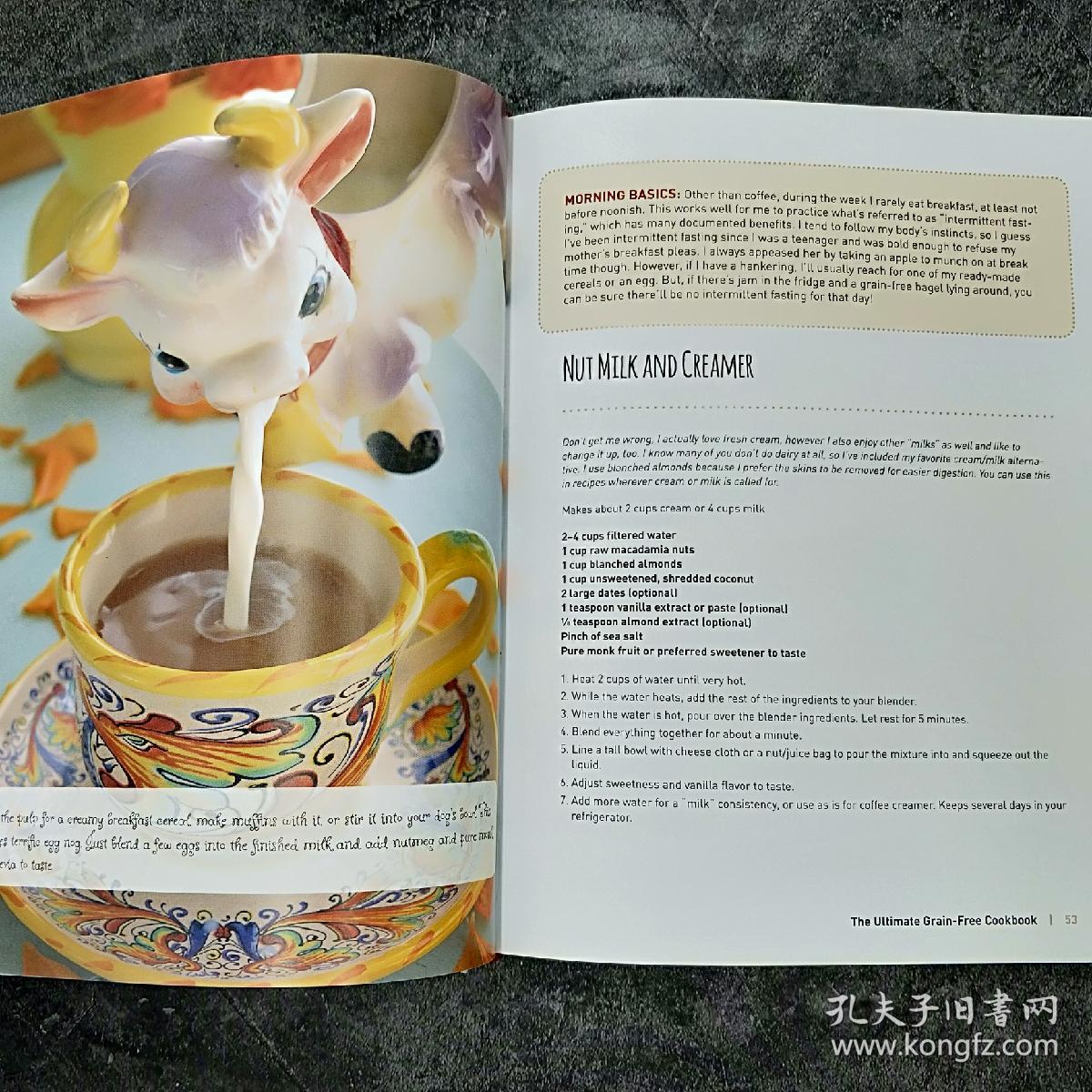"Ultimate Guide: Recipe for Saddle - Crafting the Perfect Saddle for Your Horse"
Guide or Summary:SeatTreePanelsFlapsStirrupsLeatherSynthetic MaterialsPaddingDesigning the SaddleBuilding the TreeCutting and Preparing LeatherAssembling th……
Guide or Summary:
- Seat
- Tree
- Panels
- Flaps
- Stirrups
- Leather
- Synthetic Materials
- Padding
- Designing the Saddle
- Building the Tree
- Cutting and Preparing Leather
- Assembling the Components
- Finishing Touches
#### Recipe for Saddle
The phrase "recipe for saddle" refers to the intricate process of creating a saddle, which is essential for horse riding. A saddle is not just a piece of equipment; it is a vital component that ensures comfort and safety for both the rider and the horse. In this guide, we will explore the key elements involved in crafting a saddle, the materials used, and the steps necessary to create a high-quality saddle.
#### Understanding the Anatomy of a Saddle
To begin with, it is essential to understand the anatomy of a saddle. A saddle typically consists of several components:
Seat
The seat is where the rider sits. It must be designed for comfort and support, allowing the rider to maintain a balanced position.
Tree
The tree is the foundational structure of the saddle, providing support and shape. It is usually made from wood or synthetic materials and must fit the horse’s back correctly.
Panels
Panels are the parts of the saddle that rest on the horse's back. They are usually padded for comfort and can be made from various materials.

Flaps
Flaps are the parts that hang down on either side of the saddle. They protect the horse's sides from the rider's legs and are often made from leather.
Stirrups
Stirrups are essential for the rider to mount and dismount safely. They provide stability and support while riding.
#### Materials Used in Saddle Making
The choice of materials is crucial in the recipe for saddle. High-quality saddles are typically made from the following materials:
Leather
Leather is the most common material used in saddle making due to its durability and comfort. Full-grain leather is preferred for its strength and ability to mold to the horse's shape over time.
Synthetic Materials
Synthetic materials are becoming increasingly popular due to their lightweight nature and ease of maintenance. They can also be more affordable than traditional leather.

Padding
Padding materials, such as foam or wool, are used in the panels to provide comfort for the horse. The choice of padding can significantly affect the fit and feel of the saddle.
#### Steps to Create a Saddle
Creating a saddle involves several steps, each requiring skill and precision. Here is a simplified overview of the process:
Designing the Saddle
The first step is to design the saddle based on the rider's needs and the horse's measurements. This includes selecting the type of saddle (e.g., English, Western) and determining the desired features.
Building the Tree
Once the design is finalized, the tree is constructed. This step is critical, as the tree must fit the horse's back perfectly to prevent discomfort or injury.
Cutting and Preparing Leather
The leather is then cut according to the design specifications. It is important to prepare the leather properly to ensure it is durable and flexible.

Assembling the Components
After preparing the leather and other materials, the saddle is assembled. This involves stitching the pieces together and attaching the panels, flaps, and stirrups.
Finishing Touches
Finally, the saddle is finished with conditioning products to enhance its appearance and longevity. This may include oiling the leather and polishing metal components.
#### Conclusion
The recipe for saddle is a complex but rewarding process that combines art and craftsmanship. A well-made saddle not only enhances the riding experience but also ensures the well-being of the horse. By understanding the anatomy of a saddle, the materials used, and the steps involved in its creation, one can appreciate the skill and dedication required to craft a high-quality saddle. Whether you are a rider, a trainer, or a saddle maker, this knowledge is invaluable in selecting or creating the perfect saddle for your needs.